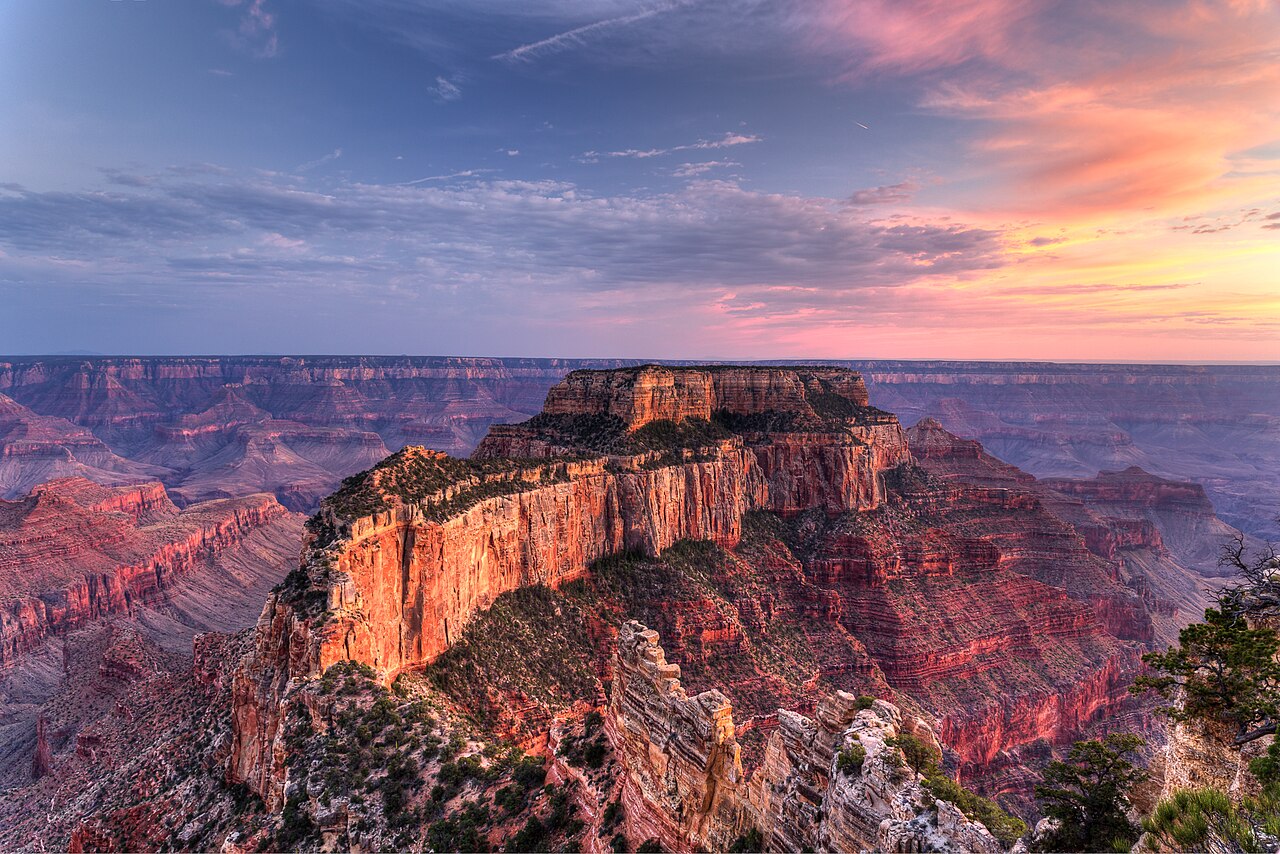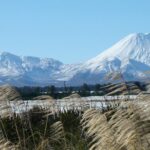Quick Bits:
Grand Canyon National Park stands as one of Earth’s natural wonders. Carved by the Colorado River, the canyon stretches 277 miles long and plunges over a mile deep. Every layer tells a story of Earth’s past, displaying rich hues of red, orange, and gold. Designated as a UNESCO World Heritage Site, it draws adventurers, photographers, and dreamers alike.
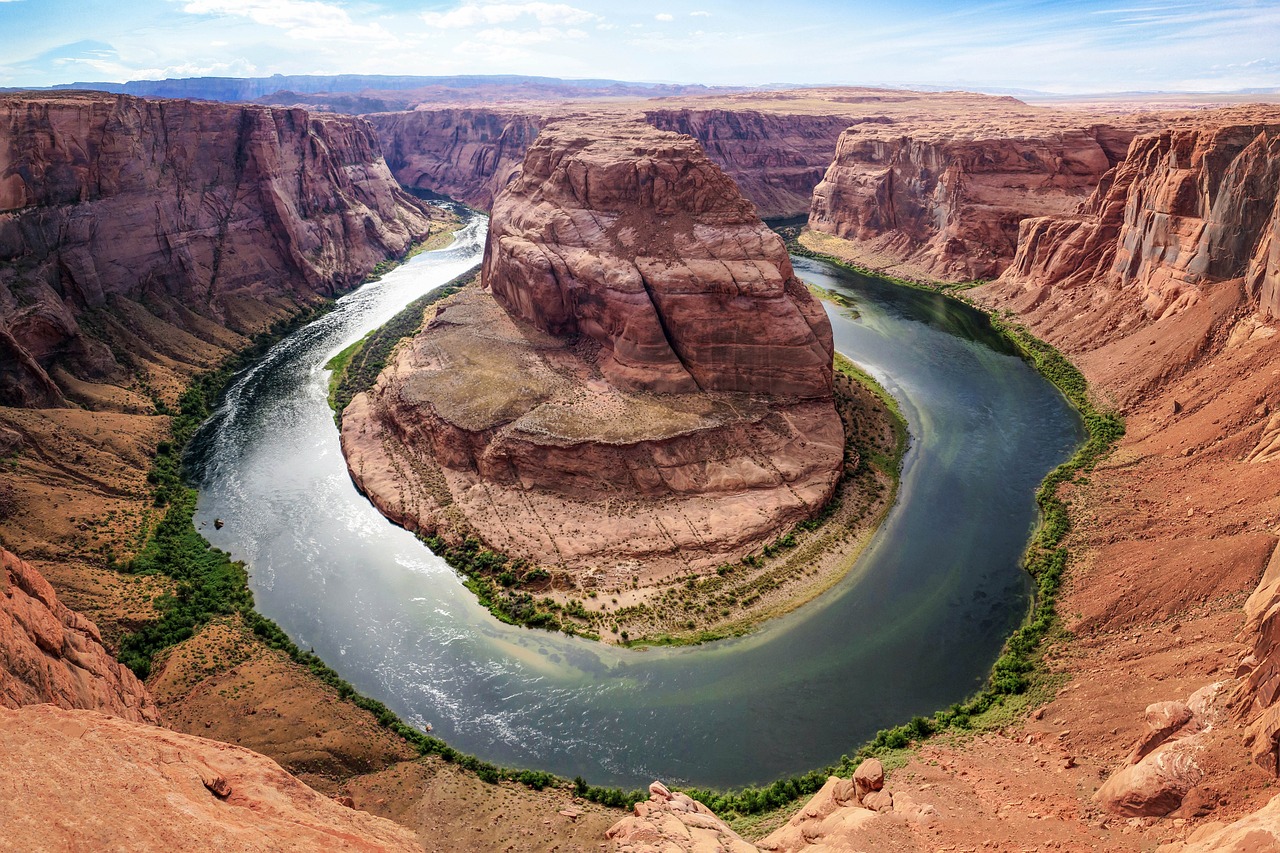
Image by: Pexels – Via Pixabay
Key Highlights
- South Rim: Most visited area. Offers panoramic views, visitor centers, and historic lodges.
-
North Rim: Less crowded. Opens seasonally and features rugged beauty.
-
Grand Canyon Village: Hub of activity. Access to trails, museums, and viewpoints.
-
Havasu Falls: Turquoise waterfalls set against red rocks.
-
Skywalk at Eagle Point: Glass bridge suspended over the West Rim.
General Information
Grand Canyon National Park sits in northern Arizona and covers over 1.2 million acres. Managed by the National Park Service, it ranks among the oldest national parks in the United States. Established in 1919, it preserves both natural beauty and cultural heritage.
The park holds significance for Indigenous tribes. Hopi, Navajo, Hualapai, Havasupai, and others consider it sacred. Visitors often encounter archaeological sites and ancient petroglyphs that reveal stories from centuries past.
Wildlife thrives across the varied landscapes. Bighorn sheep, elk, mule deer, and California condors roam freely. Diverse plant life includes pinyon pines, junipers, cacti, and wildflowers that bloom across seasons.
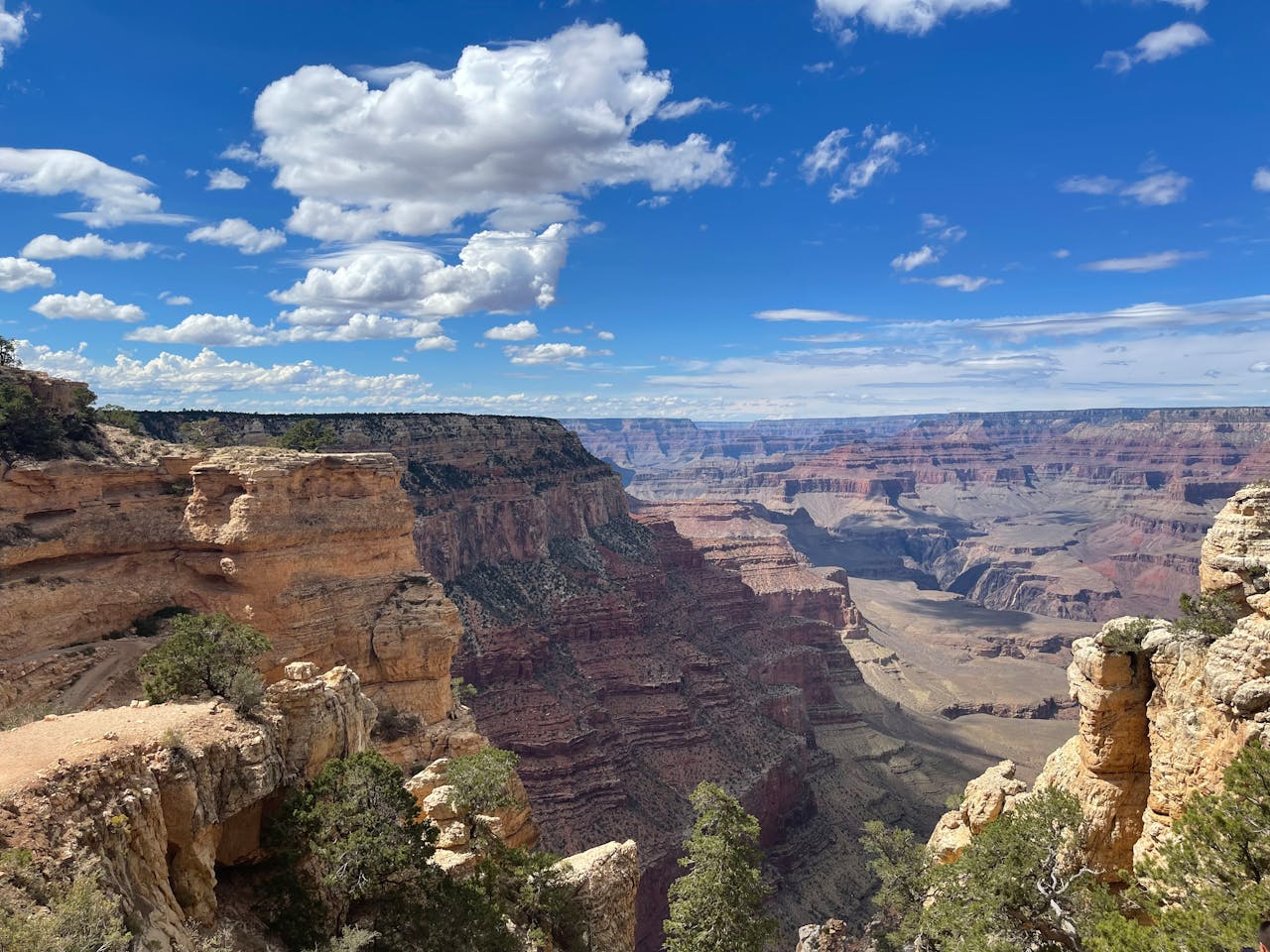
Image by: Emma Buchman – Via Pexels
Geography Information
Grand Canyon National Park lies on the Colorado Plateau. The main feature, the Grand Canyon, formed through millions of years of geological processes. Water, wind, and tectonic activity exposed nearly two billion years of Earth’s history.
Key geographical facts:
-
Colorado River: Main sculptor of the canyon. Flows through the canyon bottom.
-
Elevation Range: From 2,000 to 8,000 feet.
-
Rock Layers: Vishnu Schist, Bright Angel Shale, Redwall Limestone, and others.
-
Canyon Width: Ranges between 4 and 18 miles across.
The South Rim offers accessible vistas year-round, while the North Rim, higher in elevation, closes during winter.
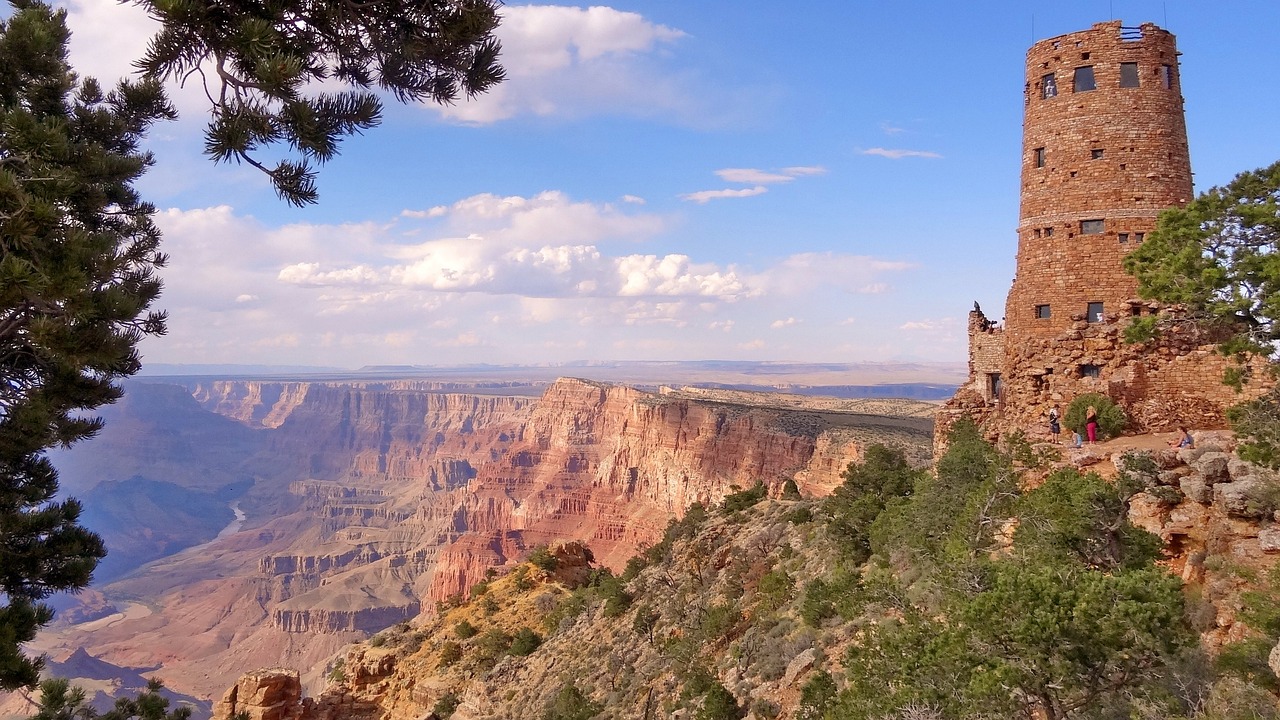
Image by: neufal54 – Via Pixabay
Places to Visit
South Rim
-
Mather Point: Iconic sunrise spot. Short walk from the visitor center.
-
Yavapai Geology Museum: Learn about canyon formation through interactive exhibits.
-
Desert View Drive: Scenic route ending at the historic Desert View Watchtower.
North Rim
-
Bright Angel Point: Short hike leading to breathtaking views.
-
Point Imperial: Highest viewpoint. Showcases sweeping views of the Painted Desert.
West Rim
-
Grand Canyon Skywalk: U-shaped glass bridge offering thrilling perspectives.
-
Guano Point: Panoramic lookout with a glimpse into mining history.
Havasupai Indian Reservation
-
Havasu Falls: Vibrant blue-green waterfalls. Accessible by permit through a rugged hike.
Other Attractions
-
Phantom Ranch: Historic lodge at the canyon floor. Reachable by mule, foot, or raft.
-
Hermit Road: Seasonal shuttle route lined with grand viewpoints like Hopi Point and Pima Point.
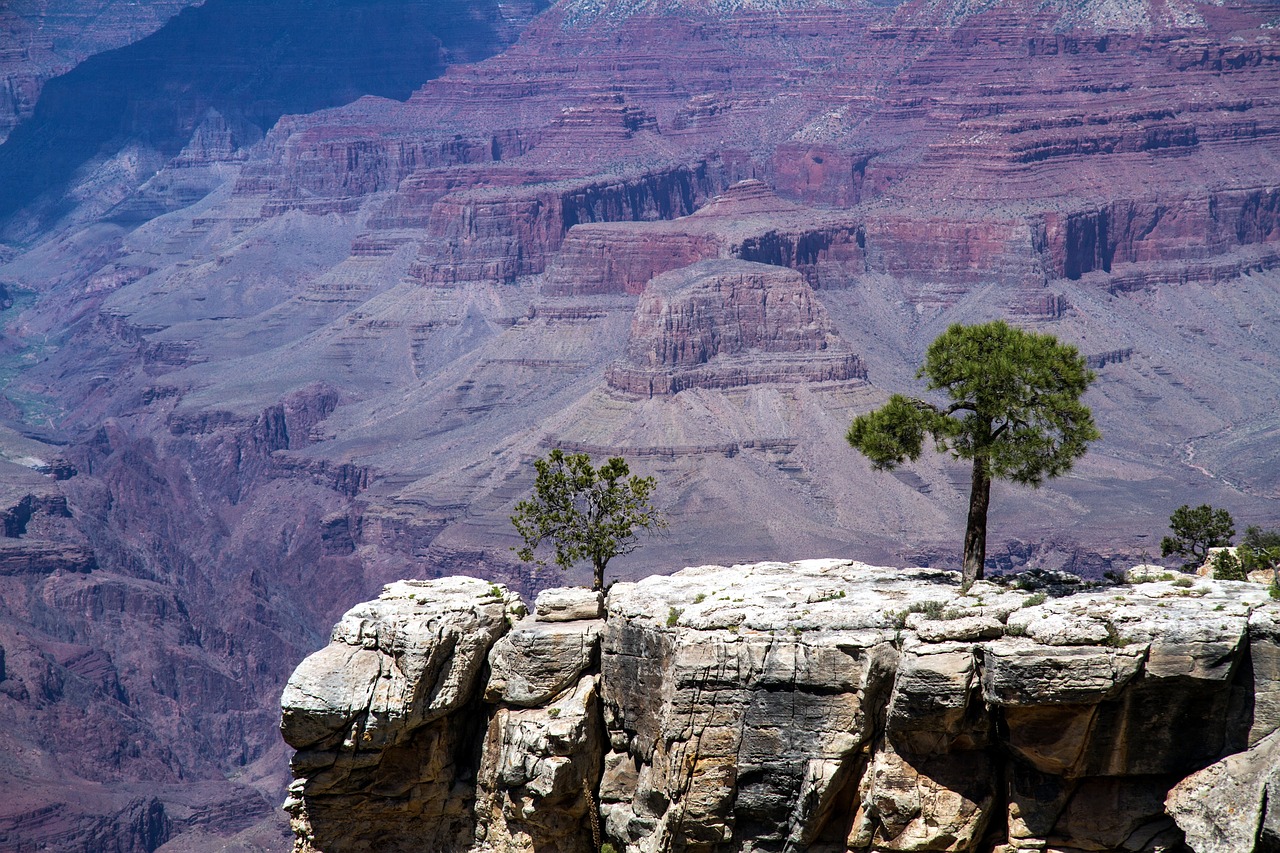
Image by: Klaus Stebani – Via Pixabay
Yearly Climate
| Season | Temperature Range | Conditions |
|---|---|---|
| Spring (Mar-May) | 50°F to 70°F | Mild, occasional showers |
| Summer (Jun-Aug) | 70°F to 100°F | Hot at South Rim, scorching at canyon floor |
| Fall (Sep-Nov) | 50°F to 80°F | Cool mornings, warm afternoons |
| Winter (Dec-Feb) | 20°F to 50°F | Snow at South Rim, North Rim closes |
Temperatures differ drastically between rim and river. Summer hikes require caution, especially along inner canyon trails where heat intensifies.
Best Time of Year to Visit
Spring and Fall emerge as the best seasons for exploring Grand Canyon National Park. Moderate temperatures, blooming flowers, and thinner crowds define these periods.
-
March to May: Trails open up after winter snow. Desert flora colors the landscape.
-
September to November: Crisp air and golden foliage set a vibrant scene.
Summer invites large crowds and extreme heat, especially below the rim. Winter transforms the canyon into a snow-dusted wonderland. Though South Rim stays accessible, roads and trails can become icy.
Insider tip: Arrive at sunrise or stay for sunset to witness the canyon’s colors shift in magical ways.

Image by: Ambient Vista – Via Pexels
In Summary…
Grand Canyon National Park stands timeless. Its layered rocks and sweeping vistas captivate every soul that visits. From the bustling South Rim to the quiet grandeur of the North Rim, the canyon offers endless discoveries. Hikers brave steep switchbacks. River rafters tackle whitewater thrills. Families gather at viewpoints, awestruck by Earth’s natural artwork.
Each visit reveals a new face of the canyon. Shifting light paints walls with different moods. Changes in seasons unveil hidden wonders. Through every trail, river bend, and overlook, Grand Canyon National Park remains a living story written across ancient stones.
Pack your sense of adventure. Step into a landscape carved by time and spirit.

